This is all about Takaoka Castle Ruins you want to know.
Every information you get on this site will be from a credible source based on Japanese history (books for reference).
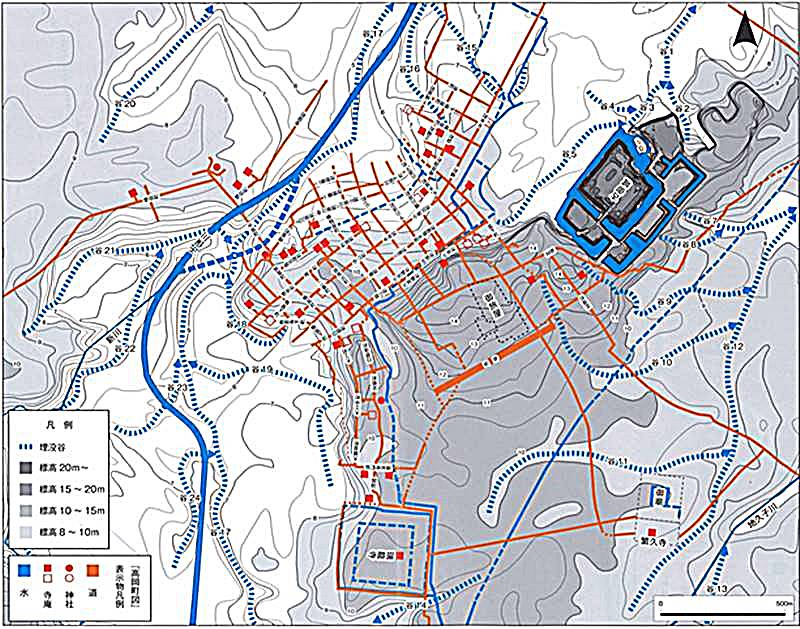
Profile : Takaoka Castle Ruins
| Location | Takaoka City, Toyama Prefecture |
| Also known as | _ |
| Type of castle | Flatland |
| Mountain's name | ー |
| Elevation | ー |
| Condition | Ruins |
| Designation | Toyama Historic Sites |
| Year built | 1609 |
| Abolished | 1615 |
| Castle lord | Maeda Toshinaga |
| Refurbishment lord | ー |
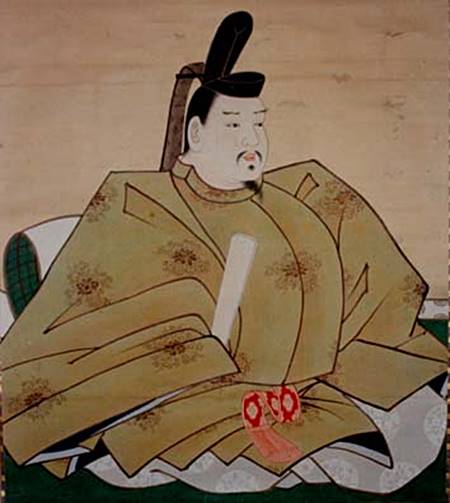

adapted from "Classical Japanese National Data Set" (Kokubunken Collection)
The family crest was originally created from the pattern that the emperor and the royal family put on the kimono, and the pattern was made into a fixed pattern, and the one attached to his own oxcart is said to be the beginning of the family crest. The warlords drew large crests on the flag-fingers, used to distinguish enemy views on the battlefield, and used by the generals to determine which warlords were active and how much.

Takaoka Castle admission
admission fee : free
admission time & closing period : reference official site (japanes
Takaoka Castle Google Map
Takaoka Castle Images
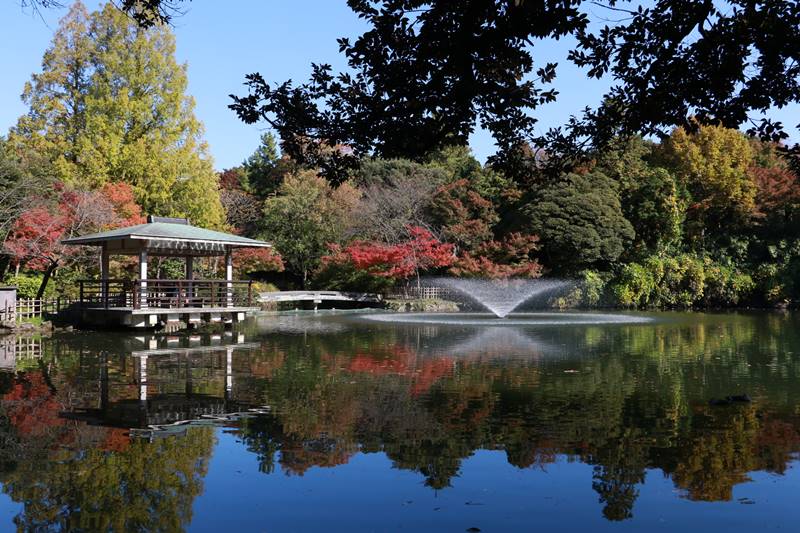
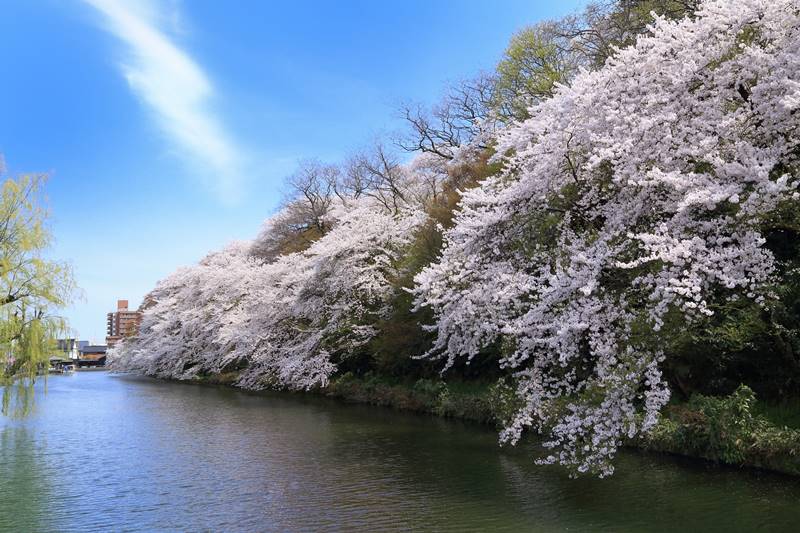
The vast moat that covers one-third of the castle area is still in good condition. The characteristic of Nawabari is that Kuruwa surrounds the central Honmaru connected by the Dobashi continuously. Its shaped like “コ”. This is called "Renzoku-Umadashi",means "continuous horse-out. Therefore enemies passing through Dobashi are always exposed to side attacks.
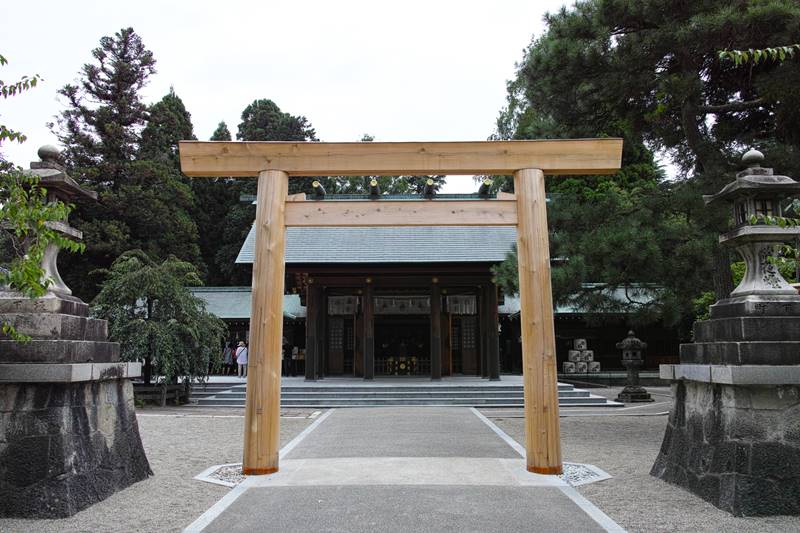
It is said that it was founded more than 1200 years ago, before the Nara era, but is uncertain. In fact, it is a venerable, precious, spiritually place.

